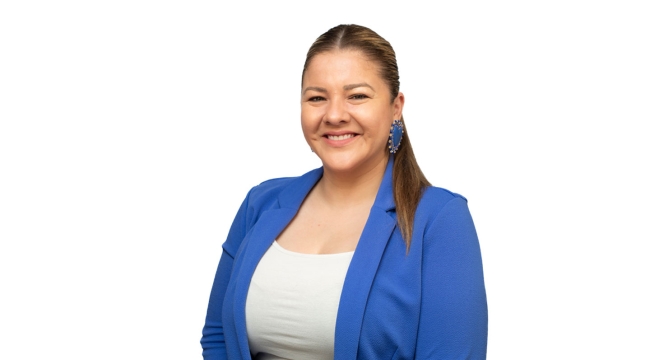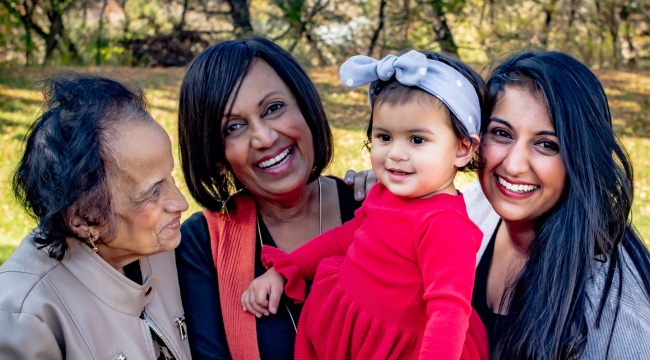10 common barriers to donating blood and plasma, and how to get past them
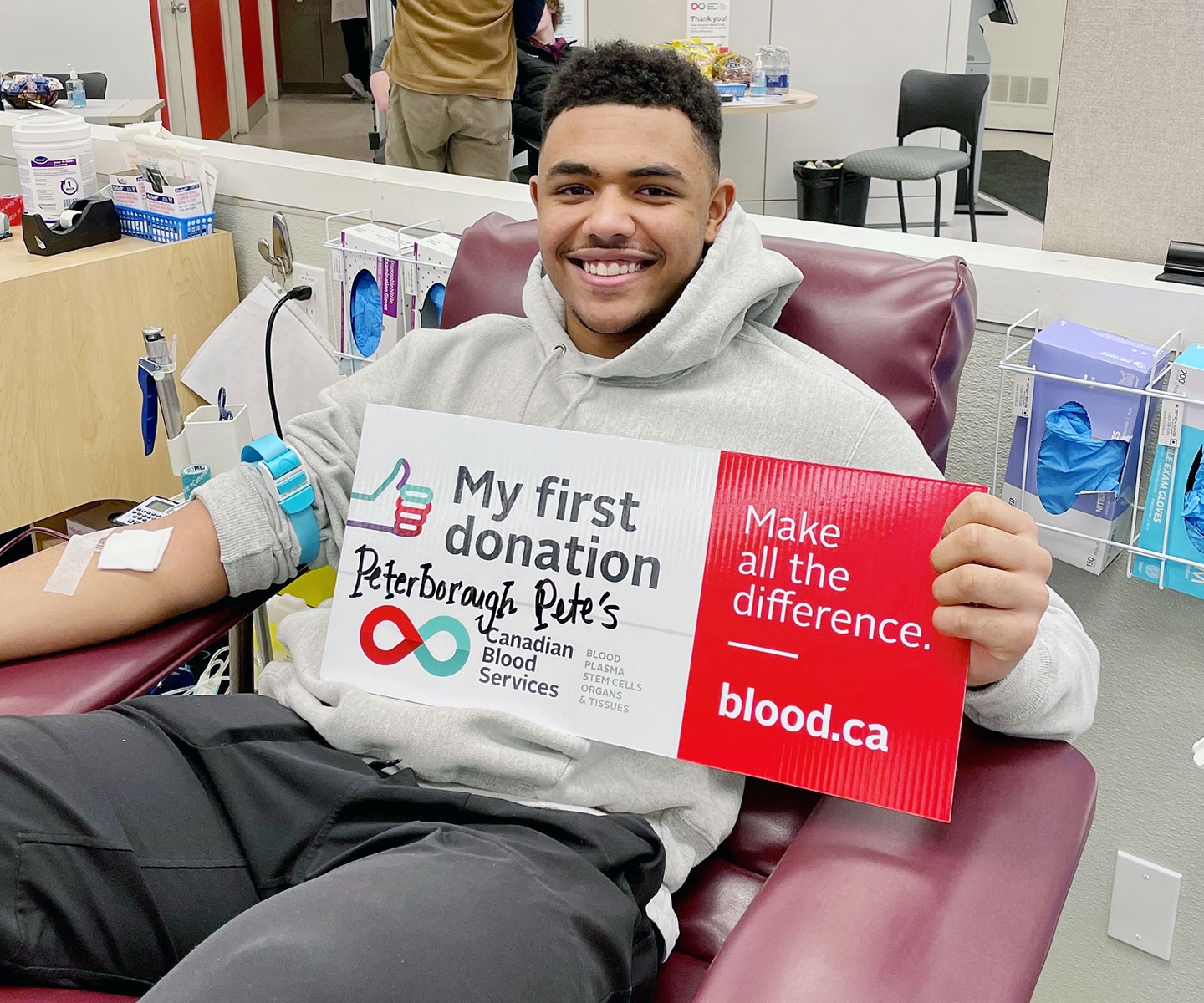
Afraid of fainting? Think there are enough donors already? Donating blood and plasma may be easier, and more important, than you think.
It’s normal to be a little hesitant to donate blood or plasma (a component of blood) for the first time. Yet in their lifetime, 1 in every 2 people in Canada will either need blood components themselves or know someone who does, so every donation is precious.
Are any of these 10 things stopping you from donating blood or plasma? Let us help you get past it. Chances are, you’ll find donation easy and rewarding.
Barrier #1: I’m scared donating blood and plasma is painful.
When the needle is inserted you can expect to feel a little pinch. Pain beyond that is unusual. If it hurts, please speak up right away so we can help.
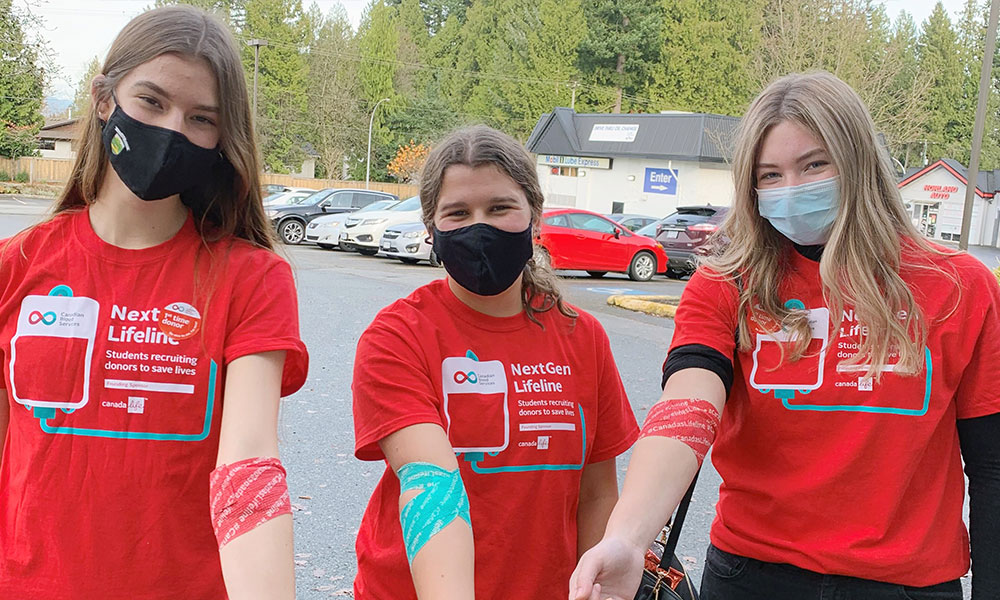
We have welcomed many donors with a fear of needles to Canada’s Lifeline and helped them have a positive experience. You can even speak with a healthcare professional in advance about your concerns by calling us at 1 888 2 DONATE (1-888-236-6283).
You may find it helpful to bring a friend to your first appointment, or to have a volunteer accompany you through the process of donating for the first time. If a volunteer sounds helpful to you, just ask at the front desk when you arrive at the donor centre.
Learning in advance about the blood donation process or the plasma donation process may also help to put your mind at ease.
Barrier #2: I think there are already enough blood donors and plasma donors.
Sadly, this is far from true. The number of people who regularly donate is down significantly since the start of the COVID-19 pandemic. While 1 in every 2 people in Canada are eligible to donate blood, plasma or platelets, just 1 in 81 do so. We need more than 100,000 new donors a year to keep Canada’s Lifeline strong!
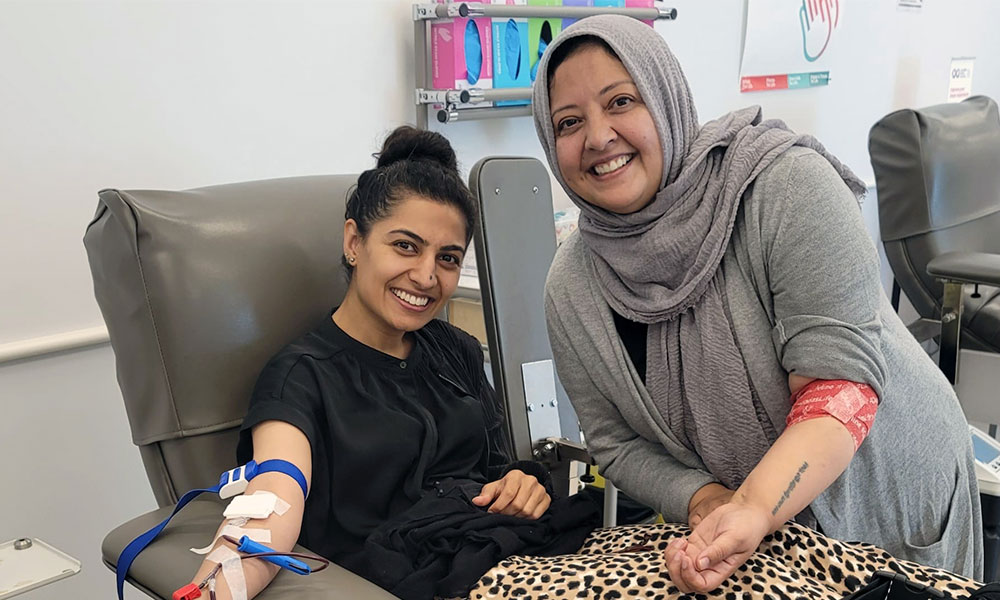
And our donor base doesn’t just need to get bigger. It also needs to become more diverse. Did you know a patient’s life or health may depend on blood components from a donor of similar ethnic background(s)? Learn more about why we need a diverse donor base.
Barrier #3: I’m afraid I will faint if I donate blood or plasma.
Some donors do faint, but this happens only about once in 1000 donations. There are also a lot of things you can do to reduce your risk.
Get a full night’s sleep before your donation. Then on the day of your appointment, have a nutritious meal and drink plenty of fluids. You should also drink 500 mL of water or juice right before the donation and eat a salty snack. While donating, do any muscle tensing exercises that are recommended to you.
After the donation, have another drink and snack in the refreshment area and rest for 15 minutes. It’s also a good idea to keep hydrating throughout the day after your appointment.
Most faints occur during donation or immediately afterward. If you do faint, our staff are trained to help.
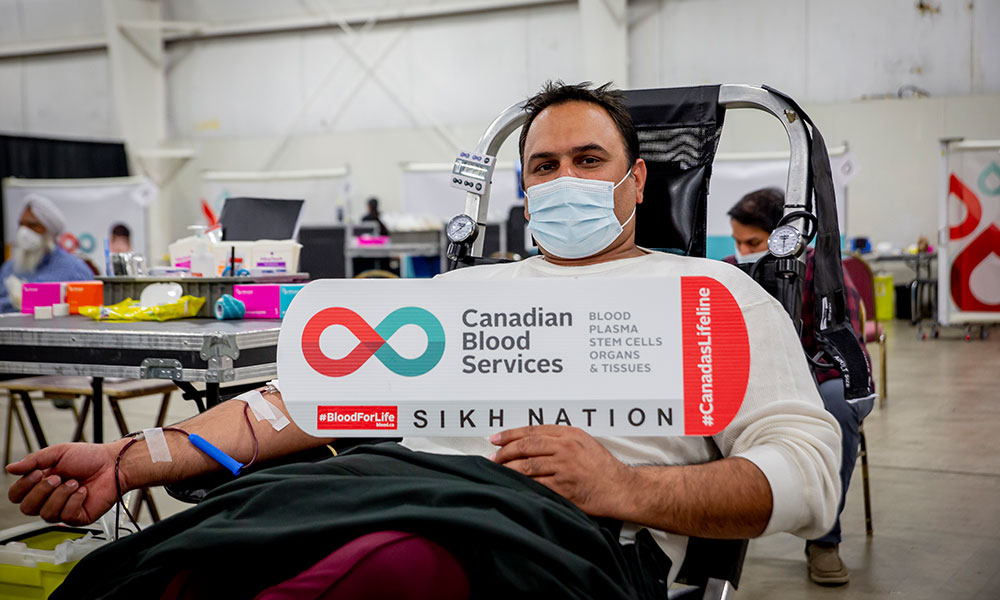
Barrier #4: I worry that donating blood or plasma will deplete my health and energy.
Our donor eligibility criteria protect donors as well as patients. If we find you eligible to donate, you can feel confident that donating is safe for you.
Iron loss is a common concern that we take seriously. It’s why we check donors’ hemoglobin levels at every visit. As a donor, you can also track your hemoglobin levels over time in the GiveBlood app. The level of hemoglobin required to donate is well above the level that would suggest iron deficiency. In select frequent donors, we also test ferritin level, a test to identify and inform donors with low iron stores. Learn more about donor wellness and iron.
Some people may feel a little tired after donating, but extreme fatigue is unusual. Most people can resume normal activities after leaving the donor centre. We simply recommend you stay hydrated, avoid strenuous activity for six to eight hours, and avoid heavy lifting for 24 hours.
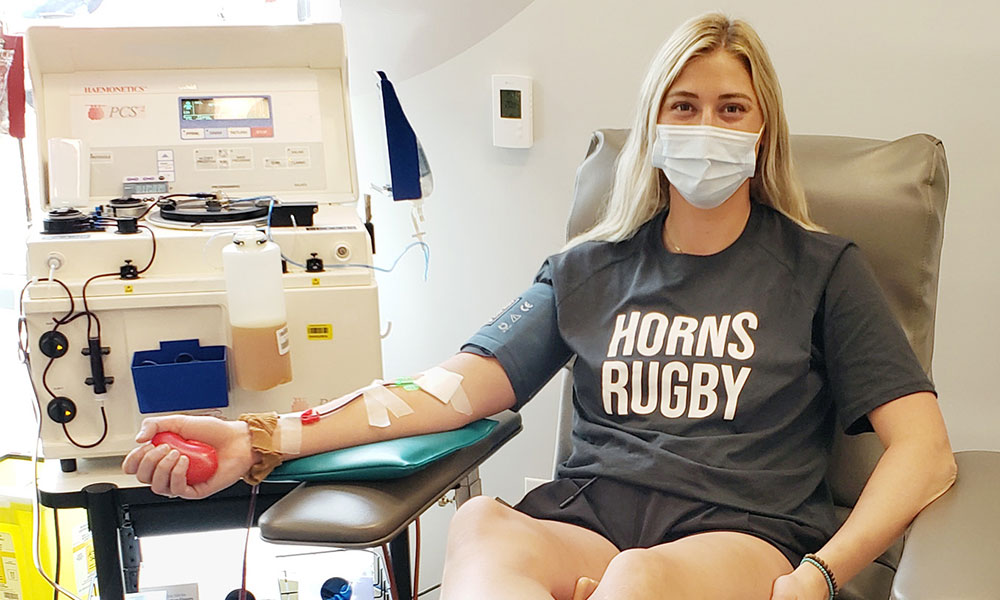
Barrier #5: I’m afraid I’ll get an infection by donating blood or plasma.
Our staff are thoroughly trained and follow strict protocols, so the risk of any kind of infection from donating blood or plasma is extremely minimal. The needle we use is sterile, used only once and discarded, so you are never exposed to the blood of any other donor. Just before inserting the needle, we also use a disinfectant to clean that area. This is to prevent bacteria on your skin from getting into your bloodstream.
Barrier #6: I don’t think I am eligible to donate blood or plasma because I have tattoos.
Good news: if it’s been three months since your last tattoo, and you’re fully healed, you may be eligible to donate.

Barrier #7: I don’t think I am eligible to donate blood or plasma because I use pot.
More good news: cannabis use doesn’t make you ineligible to donate blood or plasma, provided you are not intoxicated at your appointment (because that would prevent you from giving informed consent to donate).
Barrier #8: I don’t think I am eligible to donate blood or plasma because (insert reason here).
Please, check to be sure! You may be surprised. Even if you weren’t eligible in the past, you may learn you are eligible now because of a change in the criteria.
Did you know…
…there is no upper age limit for blood and plasma donation?
…many cancer survivors are eligible to donate blood and plasma?
…you may be able to donate plasma even if you travel regularly to places where medication to prevent malaria is recommended?
…most prescribed medications are not a barrier to blood or plasma donation?
Start with our two-minute eligibility quiz, or give us a call at 1 888 2 DONATE.
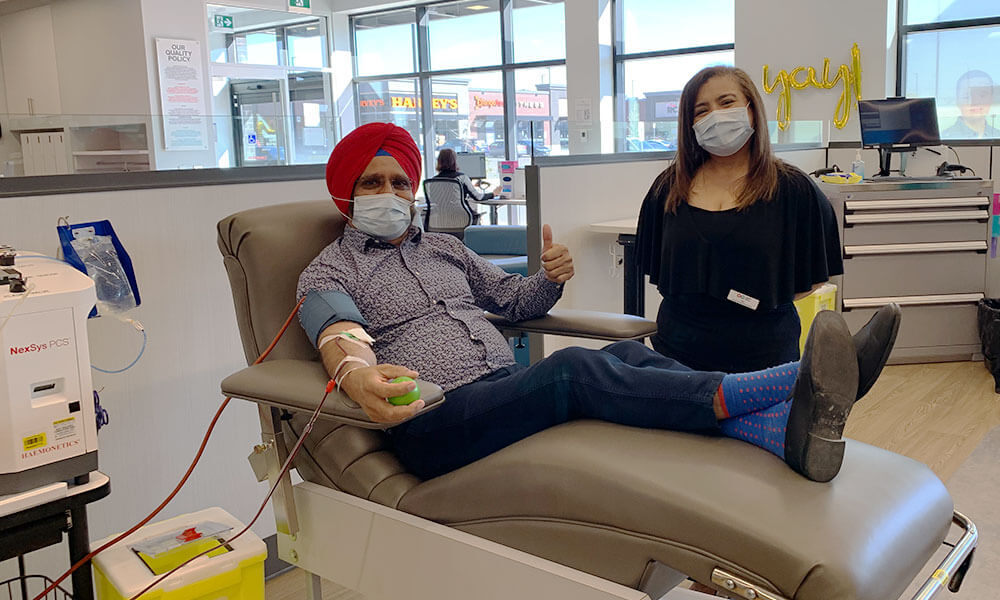
Barrier #9: I don’t have time to donate blood or plasma.
Are you sure? Donating blood typically takes about an hour from the time you arrive to the time you leave (with your tummy full of free snacks!). A plasma donation appointment may take a little longer, about 60-75 minutes (but please set aside 90 minutes for your first few, so there’s time for your questions and for staff to explain the process). You can save time at the donor centre by doing your donor questionnaire online in advance.
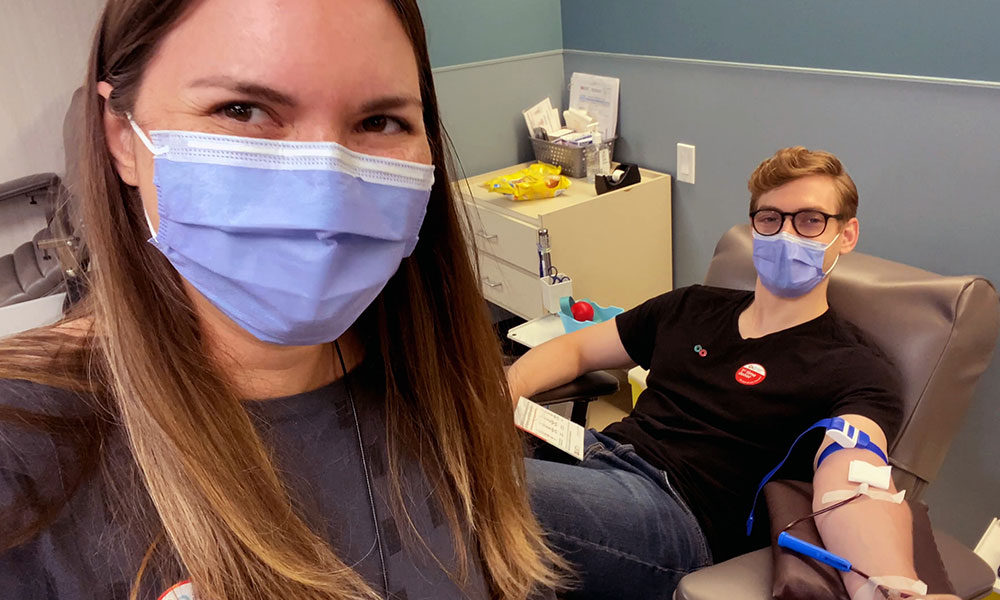
Some donors think of donating as volunteer work. Viewed in that light, it’s a modest and flexible time commitment with a huge impact.
Does your employer have a program to honour employee volunteer hours with corporate gifts to charity? Some employers will honour time spent donating blood or plasma within such programs, and we make it easy for you to track your donation history in the GiveBlood app. You could even recommend your employer direct financial gifts to Canadian Blood Services (giving you a way to double your impact!).
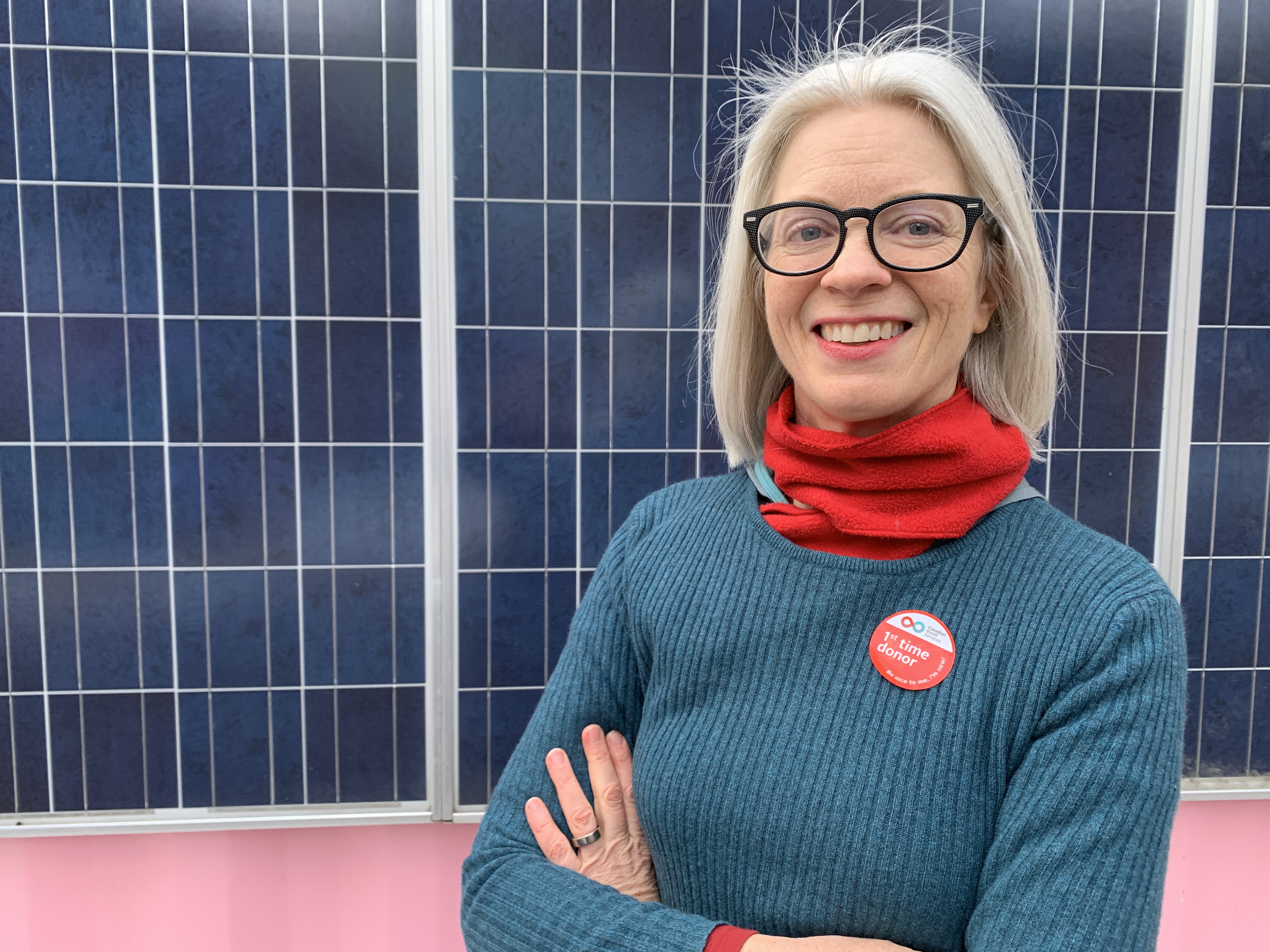
Barrier #10: I doubt one donor can make much of an impact.
The components of even one blood donation can help several different patients. You could also discover that your donations have a special role in the blood system. For example, donors with the O-negative blood type are critical in emergencies and frequently in demand. You might even find out you have a rare blood type that’s just the right match for a patient with special transfusion needs.
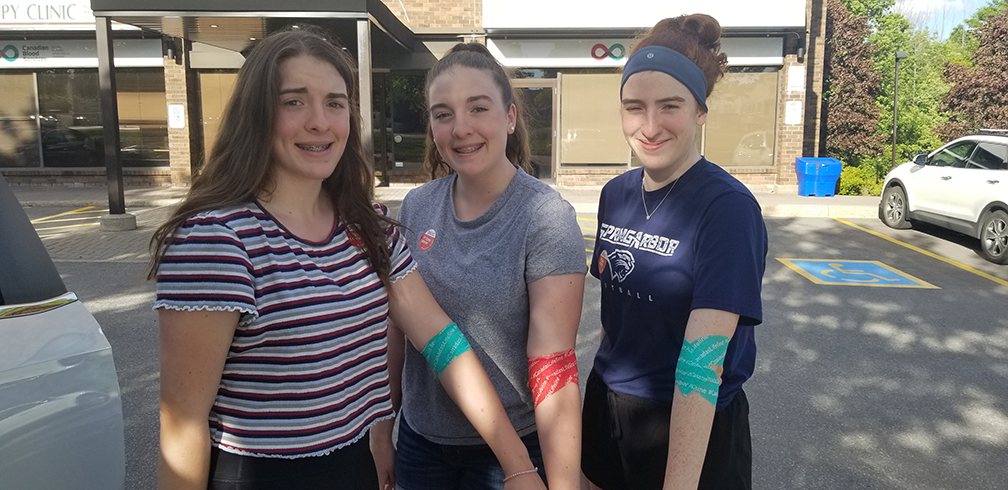
As for plasma, the medications made from this blood component are the only treatment for some life-threatening illnesses, and demand for those medications is growing by leaps and bounds. Regular plasma donors, who may donate as often as once a week, are making all the difference for patients and their families. They’re so important to securing Canada’s supply of these essential treatments.

You can check out our Stories page to read about people who have been helped by donations of blood and plasma.
Want to boost your impact further? You can donate as a team through our Partners for Life program. Donovan McCoy, the Hockey Gives Blood player ambassador in the photo at the top of this article, rallied his Peterborough Petes teammates to donate blood with him last February (and also to join the stem cell registry).
Questions? Don’t hesitate to call us at 1 888 2 DONATE (1-888-236-6283). Together, we are Canada’s Lifeline.
